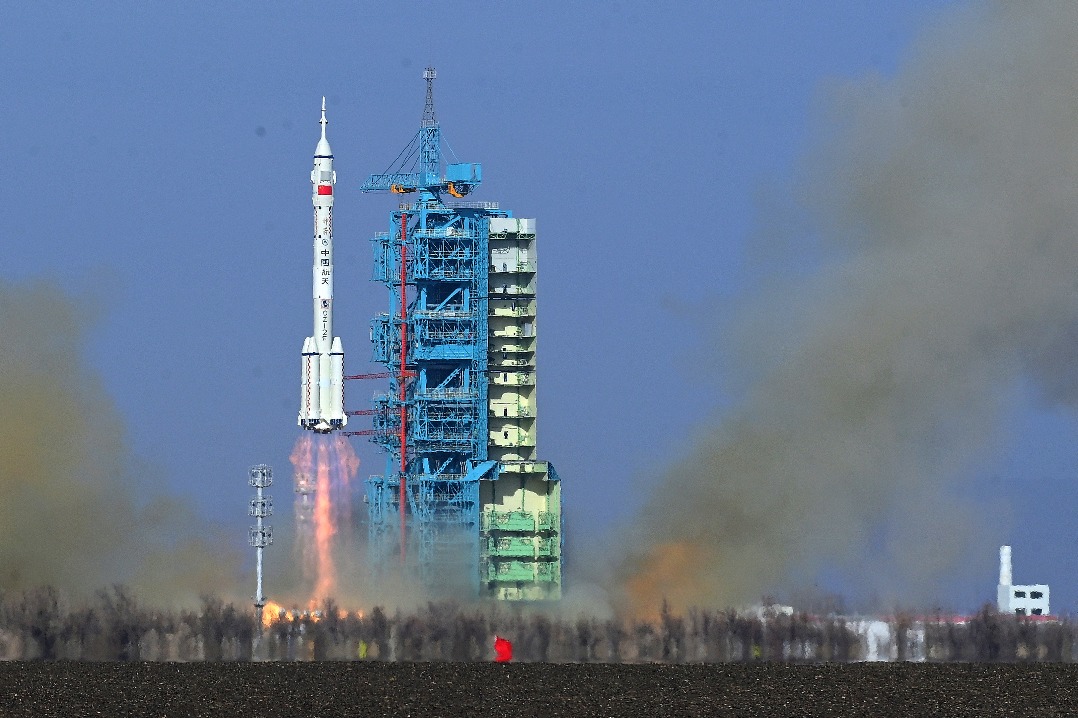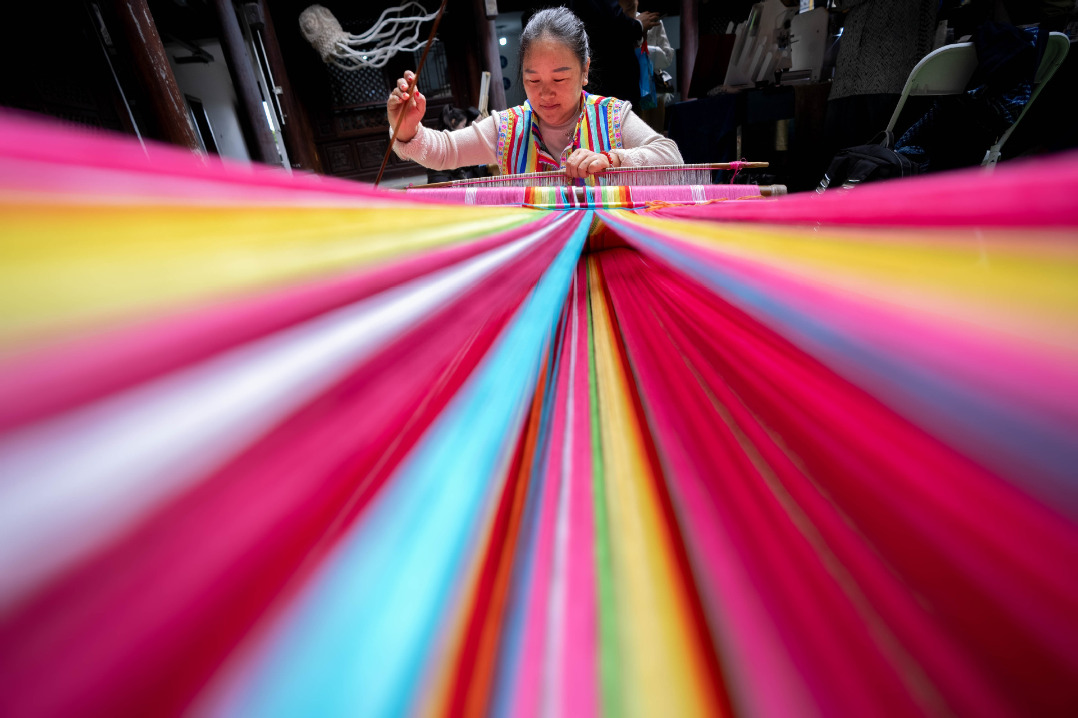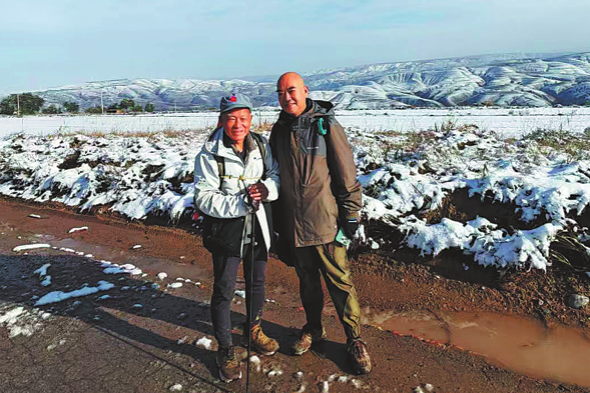Street opens new path for Sichuan village

A commercial street selling snacks and souvenirs in Zhanqi village of Chengdu, Sichuan province, is packed with tourists on weekends.
"Tourists from Chengdu and nearby cities and counties flock to relax," said Wu Min, a dumpling seller.
The street in western Sichuan used to be the site of the village's compound fertilizer plant and prefabricated cement board plant. But because of slow business both plants were almost on the brink of bankruptcy.
In September 2015, the land on which both plants stood was sold to a company engaged in tourism development.
The land covered nearly 0.9 hectares and was sold for about 7 million yuan, said Du Suoping, an official with the Pidu district bureau of land and resources.
The village gave 20 percent of the money from the sale of the land to its 1,704 residents, kept 30 percent of it as the village's public welfare fund and 50 percent of it as the fund to build infrastructure facilities and invest in business projects.
Emulating the success story of the commercial street built by the tourism development company, the village itself has built a new street with workshops making and selling local specialties such as bean paste, rice dumplings and works of embroidery and bamboo weaving.
"After more than one year of construction, the street opened on Aug 8. Business is thriving in the street which has created jobs for villagers. Villagers who used to work as migrant laborers have returned," said Gao Demin, the village head.
Since 2015, villagers' income has risen. Their per capita disposable income was 26,053 yuan in 2017, an increase of around 800 yuan over the previous year, he said.
The villagers in Zhanqi have benefited from a land reform started in China in March 2015.
The reform, spearheaded by the Ministry of Natural Resources, is aimed at making better use of idle rural collective land and increasing villagers' income. The idle land is now allowed to be sold for money that will be used to benefit villagers.
Since 2015, the reform has been experimented in 33 cities, districts and counties nationwide, including Sichuan, Anhui and Gansu provinces and Tibet autonomous region. More than 20,000 mu (1,333 hectares) of collective land for construction purposes have been sold for more than 19 billion yuan, according to the ministry.
The reform has helped revitalized the countryside and beat poverty there, it said.
Since the reform started, 42 pieces of land changed hands in Pidu with earnings amounting to 293 million yuan. Nearly 59 million yuan has been given to villagers, the Pidu District Bureau of Land and Resources said.
- Hong Kong, Macao to get more support
- Global gathering of Cantonese people opens in Guangdong
- China's draft airline rules represent progress for wheelchair users
- China steps up efforts to tackle wage-withholding employers
- Taicang factory builds inclusivity
- Scientists discover important Early Jurassic dinosaur tracks





































